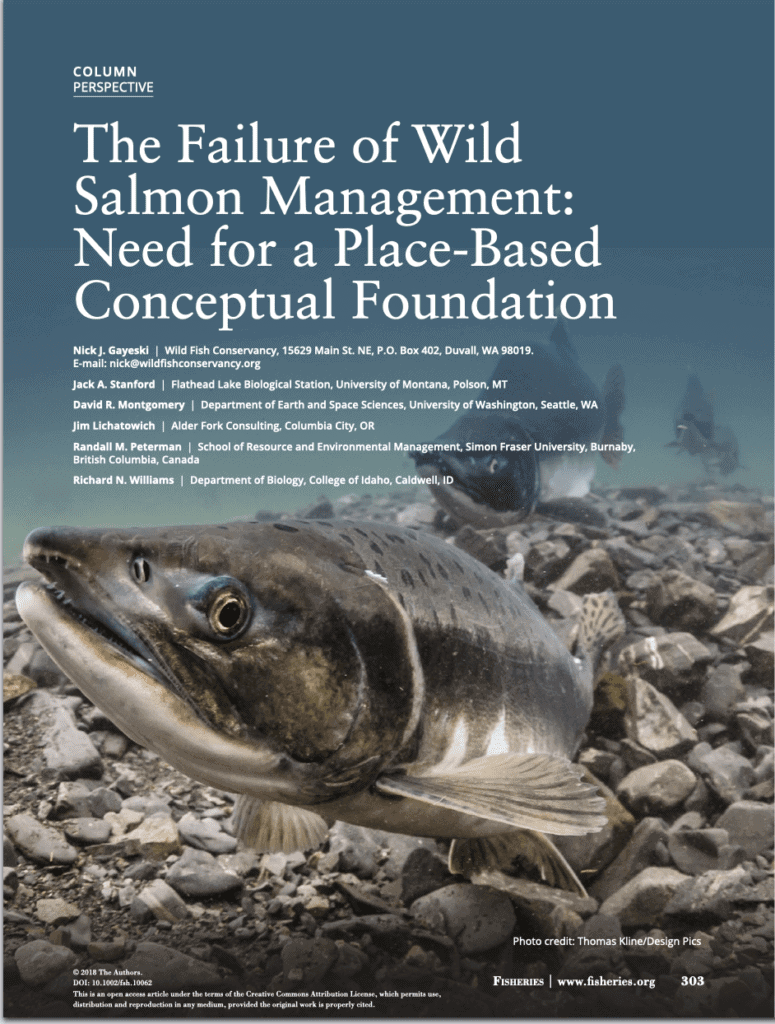
Description |
|---|
Salmon management has generally failed to rebuild depressed wild salmon populations or to manage many of them sustainably, despite a broad and growing scientific understanding of salmon ecology. We argue that to correct this failure, management policies and practices related to salmon need to become place-based. Key changes in management practices required to achieve place-based management include requiring that fishing occur closer to rivers of origin where particular populations can be identified with high precision, requiring that fishing gear be capable of releasing (with very low post-release mortality) nontarget species and populations, and managing harvest to ensure that spawning escapements in most years exceed levels that would produce maximum sustainable yield. The scientific basis in support of place-based salmon management is clear, but implementing the required changes presents serious challenges that must be faced if the diversity and abundance of wild salmon are to be restored and if the world’s wild salmon populations are to effectively cope with environmental changes imposed by climate change and continuing habitat degradation. Lessons from locations where management practices are based on a place-based conceptual foundation show how to successfully rebuild or maintain productive wild salmon populations. Authored by Wild Fish Conservancy’s Dr. Nick Gayeski and board members Jim Lichatowich, Dr. Jack Stanford, and Dr. Richard Williams. |
File Attachment |
|---|
Download |
Join our mailing list to recieve important updates on our work, the latest wild fish news, & opportunities to take action to support wild fish.
This site is protected by reCAPTCHA and the Google Privacy Policy and Terms of Service apply.
Wild Fish Conservancy is recognized as a 501(c)3 non-profit by the IRS